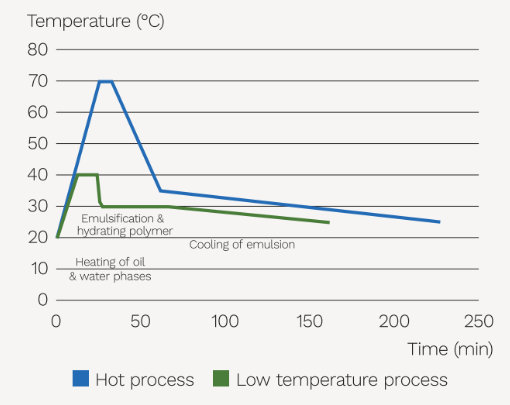Knowde Brand Summary
Identification
- Chemical Family
- Chemical Name
- Technologies
- Product Families
- CASE Ingredients Functions
Applications & Uses
- Applications
- Coating Type
Identification
Applications & Uses
The flame retardant effect of MARTINAL® ATH and MAGNIFIN® MDH is based on their endothermic decomposition into aluminum or magnesium oxide respectively and water – all of which are entirely innocuous, non-corrosive substances.
The endothermic reaction absorbs considerable amounts of heat during combustion of the polymeric material. With MARTINAL® ATH‚ the reaction results in a total heat consumption of 1051 J/g Al(OH)3 .
2 AI(OH)3 - AI2 O3 + 3 H2 O
For MAGNIFIN® MDH‚ the corresponding reaction results in a total heat of combustion of 1316 J/g MG(OH)2 .
Mg(OH)2 - MgO + 2 H2 O
The polymer is thus protected against rapid decomposition, the formation of flammable by-products is retarded, and the water vapor produced displaces the oxygen and works like an inert gas. A protective layer made up of aluminum or magnesium oxide and the products of carbonization form on the surface of the polymer, further hindering combustion. This protective layer also reduces smoke density by adsorbing soot particles.
The thermal stability of MAGNIFIN® MDH is considerably higher than that of MARTINAL® ATH. MARTINAL® ATH starts to release water at about 200°C. MAGNIFIN® MDH remains stable up to about 320°C (figure 1). The degree of flame retardancy attainable with MARTINAL® ATH and MAGNIFIN® MDH strongly depends on the filler loading of the compound. All common processing techniques can be used, although the processing temperature should only briefly exceed 200°C when using aluminum hydroxide, as this is the temperature at which dehydration begins (figures 1 and 2).

One way to evaluate flame retardant efficency is to burn flame retarded compounds in the cone calorimeter (picture 2). The sample of the compound is exposed to heat radiation and starts to burn at a time depending on the composition of the compound. The cone calorimeter measures the oxygen consumption and calculates the heat release rate. Usually, the heat release rate is shown as a function of time.

